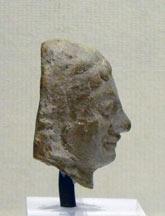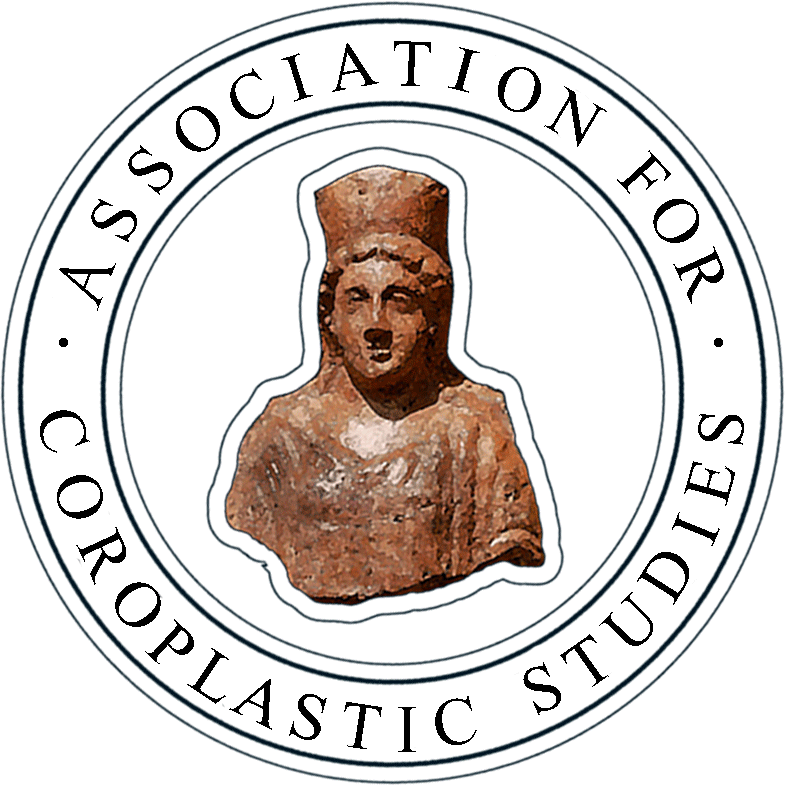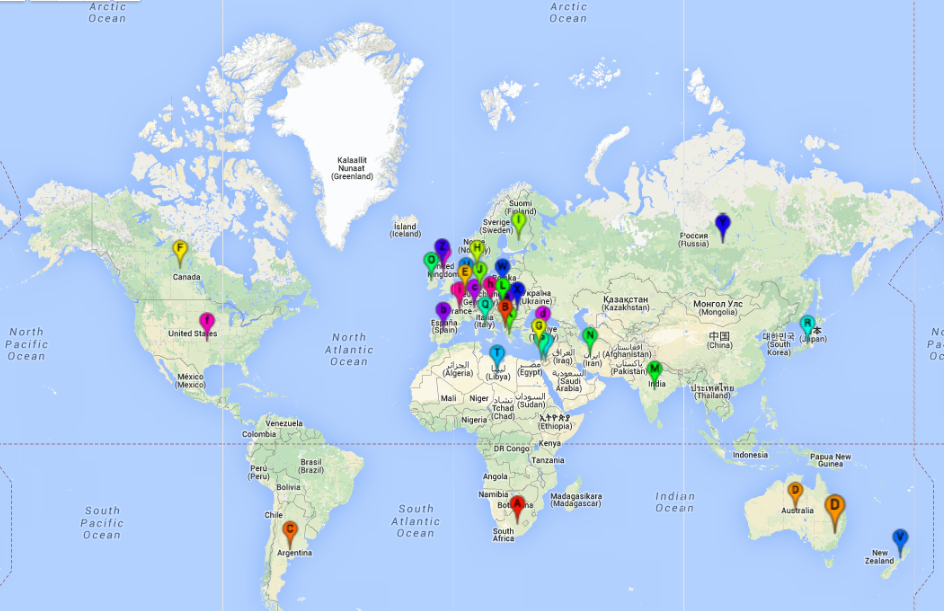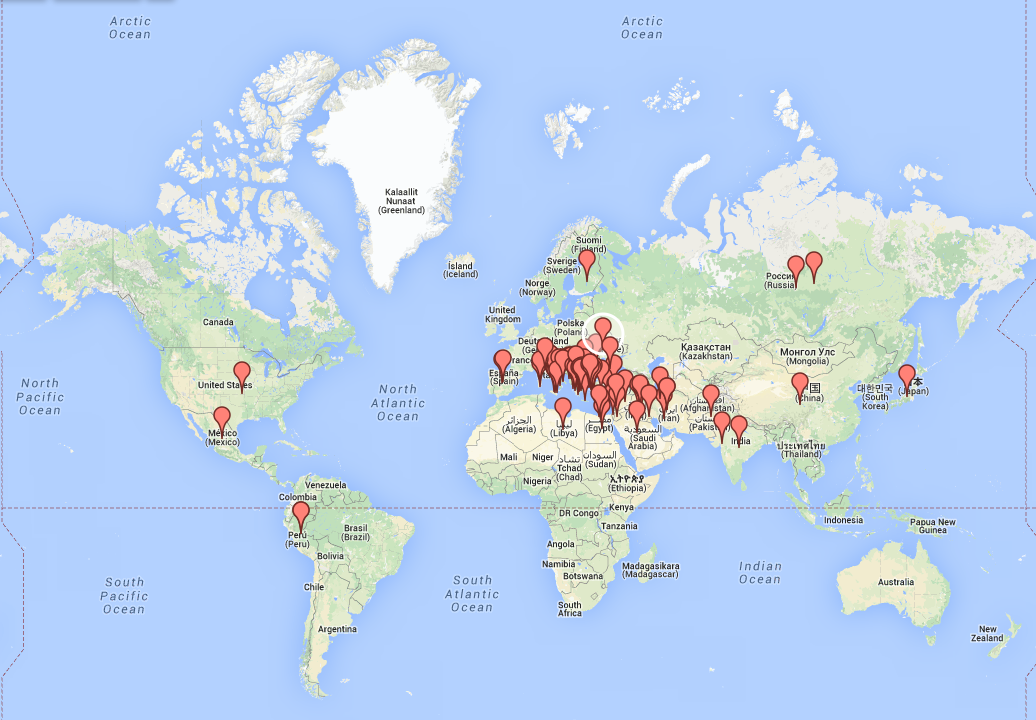Welcome to collaborative and participatory platform ACoSt => under construction
This platform will be a collaborative tool that will allow us to discuss, share and collaborate.
The objective is to access and always work from the latest versions of our discussions and complete as you go.Pending the implementation of this collaborative platform, I resumed the discussion board of the old site.
—————————————————————————
Archives
 |
 |
This small terracotta head is from the collection of Tarentine terracottas of the Budapest Museum of Fine Art; it's provenience from Taranto is to be taken for sure, but it's really atypical. Technical details show that it must have been attached to a vase, and typologically it recalls first of all Corinthian pyxis heads. It's style is however quite different, in my opinion much closer to Laconian. Does anybody know a good parallel for it? I would also be interested in information about Laconian ceramic with plastic head decorations. Thanks, Ágnes Bencze |
 |
 |
I was wondering if anybody can explain the graffito on the reverse of a Lakonian plaque (early/middle 4th c) depicting a rider (fig. 1) or the one on the front side of another Lakonian plaque (fig. 2). Any suggestions on bibliographical references on graffiti would also be appreciated. Many thanks, Gina Salapata |
 |
I am in the initial stages of sorting out a large deposit of figurines (mostly Hellenistic and Roman) from the Sanctuary of the Great Gods on Samothrace. Many of them depict hydriaphoroi, and I have begun to try to track down the appearance of this figurine type elsewhere. I have found them in many sanctuary/votive contexts, but not yet in any grave contexts. Does anyone know offhand whether hydriaphoroi are regularly (or even irregularly) found in graves? Thanks, Sheila Dillon |
|
 |
 |
For my Master’s dissertation at Reading University, I am studying a group of clay figurines representing saccarii porters with a sack/bundle of cloth slung over their shoulder; holding it with their hands and their knees slightly bent in the effort with their right leg put forward. The clay saccarii are dressed in a short tunic tightened around the waist with a thick belt and a cloth hangs from their left shoulder. The facial features vary from bulging eyes, chubby cheeks which frame a small mouth with protruding lips to wide eyes, broad nose and thick lips. A band covers their hair.
The largest number comes from Ostia, near Rome (photos by the author) but others have been found in the Tiber river bed, in Luni and in Pompeii. Five clay porters are part of collections in Rome (Musei Vaticani), in Berlin and in Paris (Louvre).
I would be very grateful to know whether anyone has come across clay figurines of this type during his/her studies/excavations. It would also be very helpful to have any opinions about their function. Kind Regards, Elena Martelli |
| Does anyone know the existence of any large-scale (ie, bigger than 30 cm) *mold-made* terracottas from earlier than 600 BC? I'm looking for precedents for the architectural terracottas from Mon Repos, Corfu, on which I am working. Thanks, Phil |
||
 |
I would be very interested in learning more about the technology of production for figured ceramics from the Moche culture of Peru and would absolutely love to pair up with a scientist interested in studying the Moche pots from a technical angle. I am especially interested in the plastic, i.e., figured aspect of these vessels-- often their construction is an integral part of the message, but it has been badly overlooked. The effigy vessels in general have been understudied in comparison with the fineline painting, which is more amenable to iconographic analysis. (BTW, although the Moche potters used molds, most of the effigies are a combination of mold-made and hand-modeled. Being New World, of course, there is no wheel-throwing and no glazes.) Mary Weismantel |
|
 |
I am interested in any information relevant to this figurine found at the Sanctuary of Demeter and Persephone at Cyrene, Libya. Fabric is pale yellow to buff, hard, and rather fine. Hands cup the breasts, and the surface is covered with an inscised stippling that also marks bracelets, a necklace, and a belt, or the waist. Please respond if you have any information for me. Thanks Jaime Uhlenbrock |
 Association for Coroplastic Studies
Association for Coroplastic Studies

